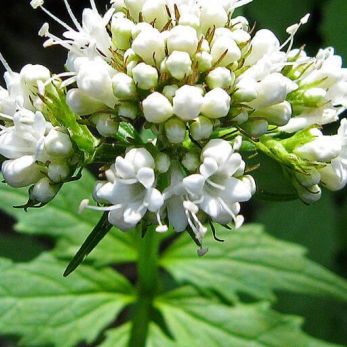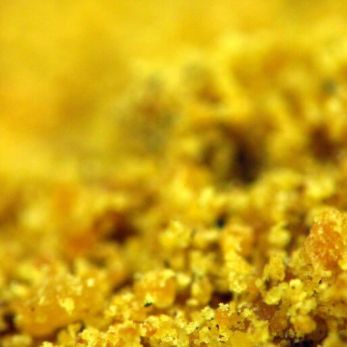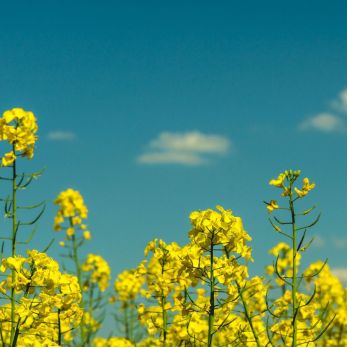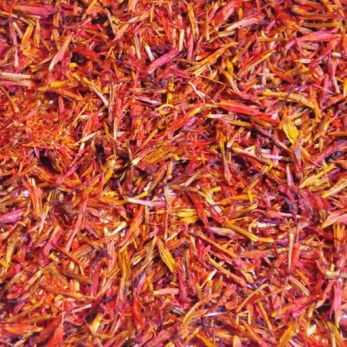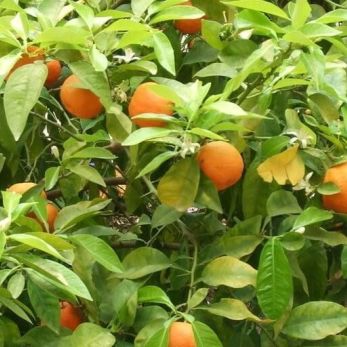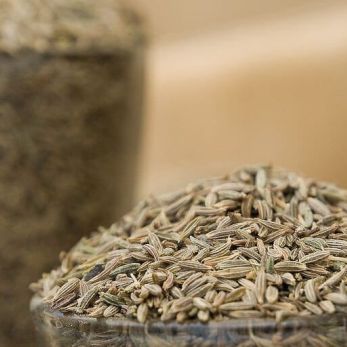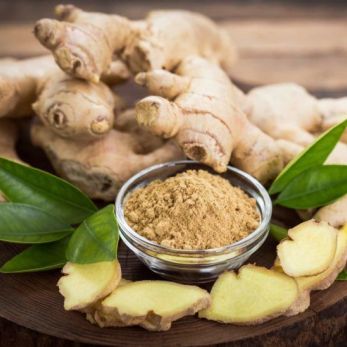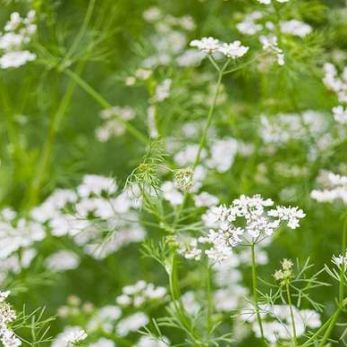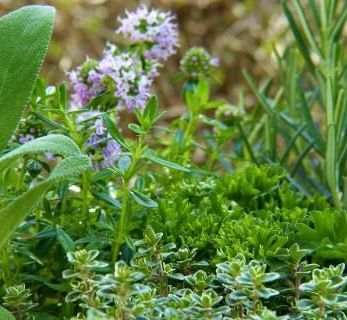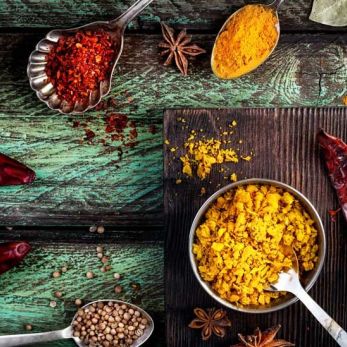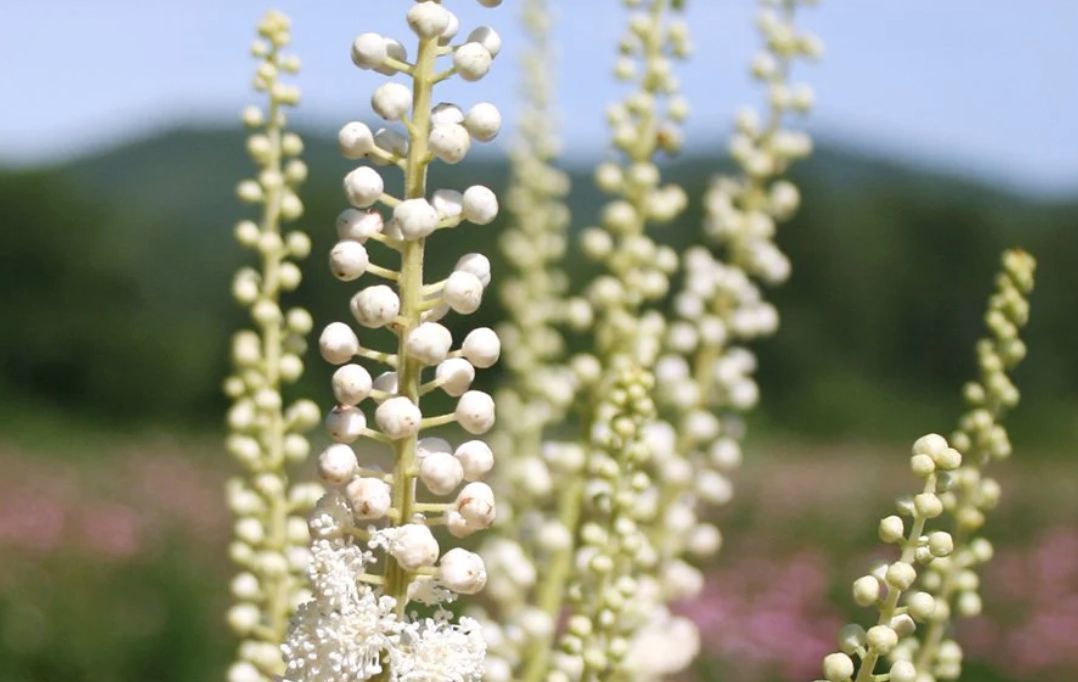
I am so grateful to be a herbalist because when presented with pretty much any female or hormonal health concern, instead of having a limited scope to prescribe a pill to shut things down, we have a wide range of herbs that work to modulate and correct most female health concerns. These herbs are always tailored to the individual and what is going on for them.
There are similar yet subtle differences to the herbs we use, and it takes a trained herbalist to be attuned to these differences and be able to select the appropriate herbs.
Here are some of the most commonly used herbal medicine for women’s health.
Vitex
Common name: Also known as chaste tree
Botanical name: Vitex angus-castus
You can think of vitex for pretty much any complaint that is worse before menstruation or in the luteal phase – including premenstrual syndrome (PMS), acne that is worse before a period, spotting, bloating and tender breasts. It is a wonderful regulator of the hypothalamic pituitary ovarian (HPO) axis which helps to regulate ovulation, correct irregular bleeding and amenorrhoea.
Caution: vitex as amazing for many things, BUT, if you have PCOS, vitex may not be the right herb for you. This is because it can raise luteinising hormone (LH) levels which in many women with PCOS is already too high, thus it can worsen cycle regularity if this is the case for you.
Paeonia
Botanical name: Paeonia lactiflora
This herb is one the most versatile herbal medicines for women’s health. It is also a regulatory of the HPO axis as it helps to regulate menstrual irregularities. As a spasmolytic it is great to add into a herbal for spasmodic dysmenorrhea. It is a key herb to think about for PCOS, especially in combination with licorice, as this combination helps to reduce androgen excess by up-regulating the conversion of testosterone to oestrogen.
Dong Quai
Botanical name: Angelica sinensis
This herb is a primary herb to think about in the treatment of painful periods as it is a uterine tonic, meaning it helps to regulate the contraction and relaxation of the uterine muscle. It also works to reduce inflammatory prostaglandins that are associated with period pain. It is a warming herb that improves blood flow to the uterus.
Shatavari
Quảng cáo
Botanical name: Asparagus racemosus
“Shatavari” means a woman with one thousand husbands and is traditionally an Ayurvedic herbal medicine. It is a versatile herb used for tonifying and nourishing female reproductive functions. It increases libido (hence the name’s meaning), is a tonic to the ovaries, enhances folliculogenesis and ovulation, supports healthy mucus production, can help prevent miscarriages and can also be used post-partum to support healthy lactation. An added benefit is that it is also an adaptogen, which means it aids the body’s resilience to stressors. It can be used in young women with menstrual issues, right up to post-menopausal women.
Black Cohosh
Botanical name: Cimicifuga racemosa
This herb is primarily used in menopausal women for menopausal symptoms. This is largely due to its oestrogen modulating effects. It is beneficial for hot flushes, night sweats, vaginal dryness, mood issues and arthritic aches and pains. It is also thought to have its effects due to its effect on regulating serotonin in the body, which is involved in mood regulation and temperature regulation in the body. It can be used alongside or when weaning off Hormone Replacement Therapy (HRT), under direction of a qualified herbalist.
It can also be considered for PCOS and other cycle irregularities in younger women, not just exclusively for pre or post-menopausal women.
False Unicorn Root
Botanical name: Chamaelirium luteum
This beautiful herb unfortunately is endangered and so its use can be controversial and should be limited. However, it is useful in fertility contexts due to its ovarian and uterine tonic effects and can be beneficial to support ovulation, regulate cycles and prevent miscarriages.
Ladies Mantle
Botanical name: Alchemilla vulgaris
Ladies mantle is a great herb to use for complaints of heavy menstrual bleeding or bleeding outside of the normal period (Metrorrhagia), due to its astringent properties. This makes it a great herb for both young women and perimenopausal with heavy bleeding. Of course, in these cases, underlying issues should first be investigated as to why the bleeding is heavy or abnormal in the first place.
It is magical what can occur when you correctly select and formulate herbal medicine for women’s health or a hormonal health issue. A woman can be experiencing an issue for months or years and, once starting their herbs, they can see amazing changes either immediately or progressively cycle by cycle. Herbs are particularly amazing because they often work to modulate the body’s natural hormone production and reproductive functions, not to the point where women will need to take them for the rest of their life, but rather they bring them to a natural homeostasis where the body relearns to function optimally with and after the herbs.
References
Trickey, R. (2011). Women, Hormones & The Menstrual Cycle (3rd ed.). Fairfield: Trickey Enterprises Pty Limited.
Bone, K. (2007). The Ultimate Herbal Compendium. Warick: Phytotherapy Press.
Disclaimer: I’m not a doctor. All information is intended for your general knowledge only and is not a substitute for medical advice or treatment for specific medical conditions. You are responsible for your own health and for the use of any remedies, treatments, or medications you use at home. Herbs are powerful medicine. You should always speak to your health provider before ingesting any herb, especially if you are pregnant, breast-feeding, or on any other medications.

